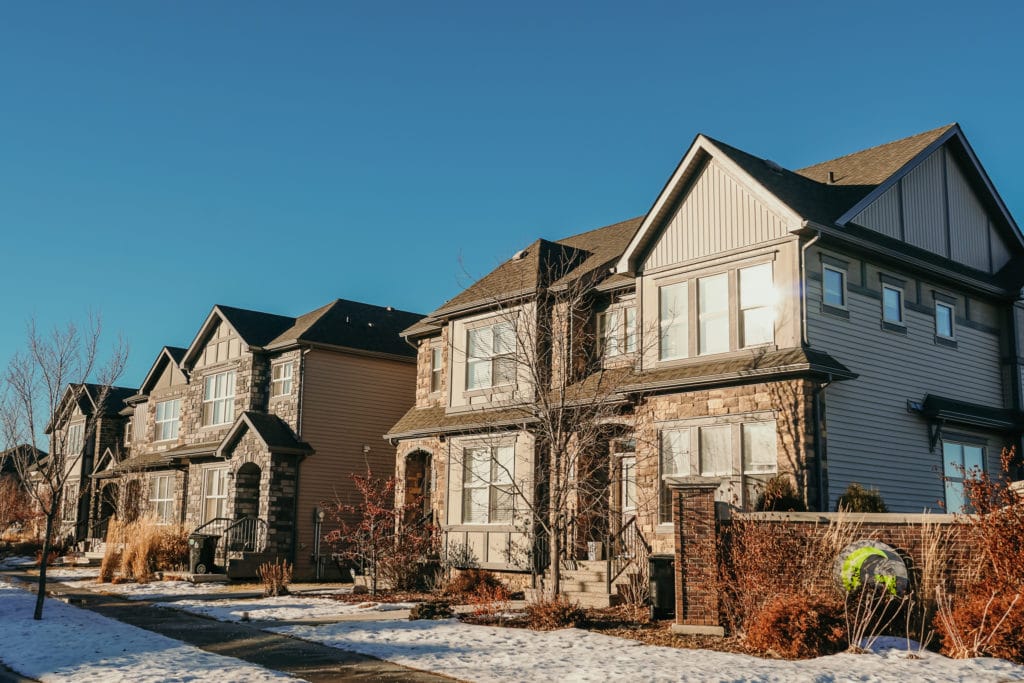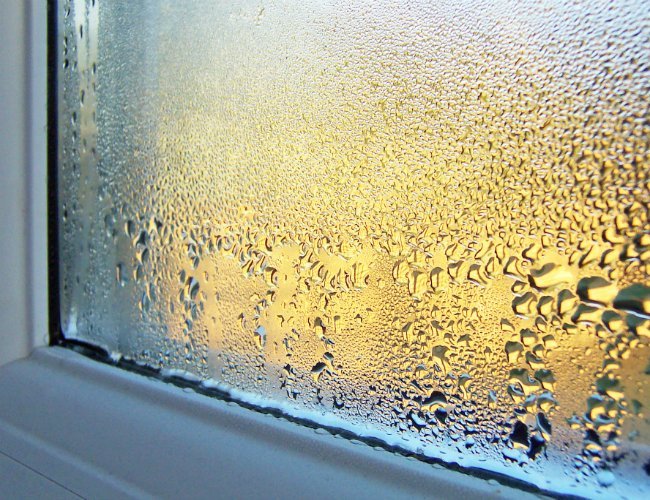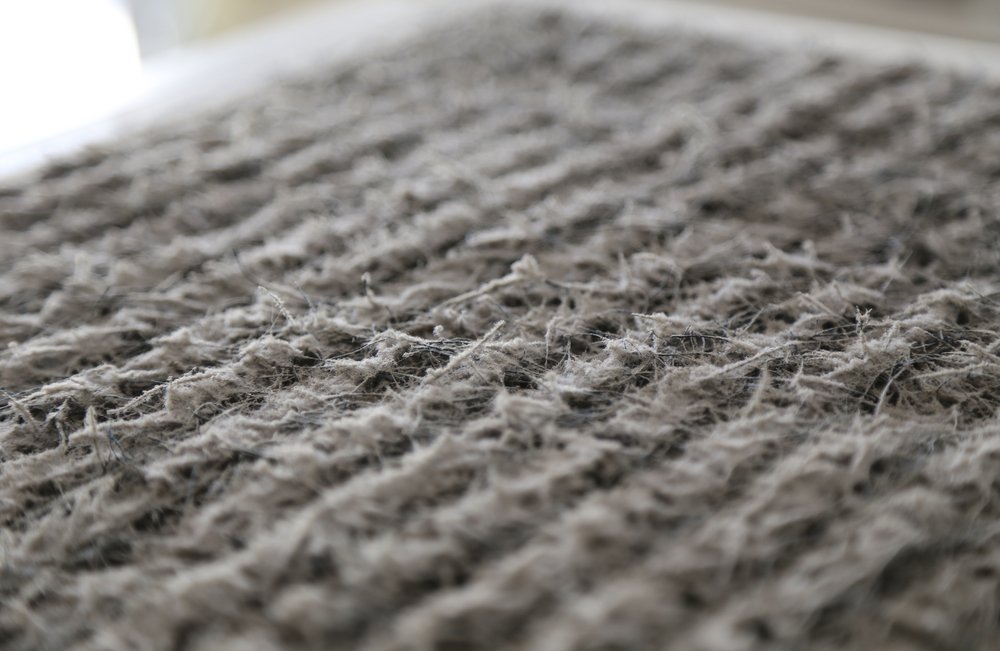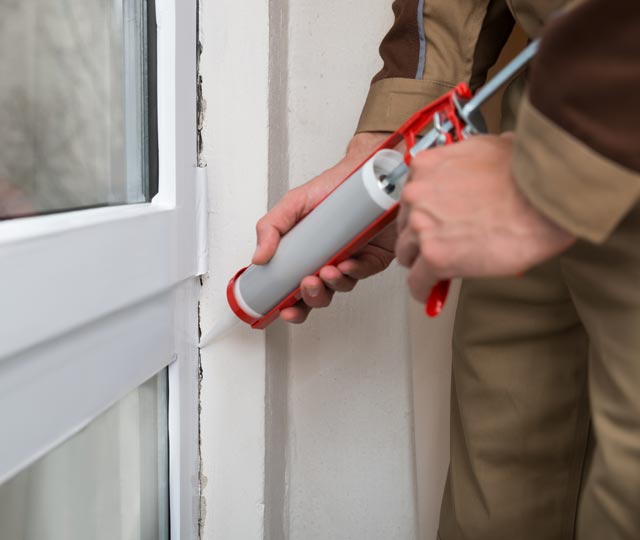Home Maintenance 101: Winter Tips

In a new series entitled Home Maintenance 101, we’ll share our essential home maintenance guide and checklist to ensure your home is prepared for the changing seasons. Today, we’ll explore some winter-to-spring home maintenance tips.
As the seasons change, there are always regular home maintenance checks you can do throughout the year to ensure your home is adequately protected against the cold weather and temperature fluctuations.
As you can see, there are many home maintenance tasks you can do to ensure your home is well protected against the harshest of elements during the cold winter months and large temperature swings as the seasons change. By weatherproofing and performing preventative maintenance, you can largely ensure the cold weather and wet snow stays outside of your home.
Have any secret tips or tricks to help keep your home well maintained throughout the winter and springs months?
Share your home maintenance tips with us in the comments below!




